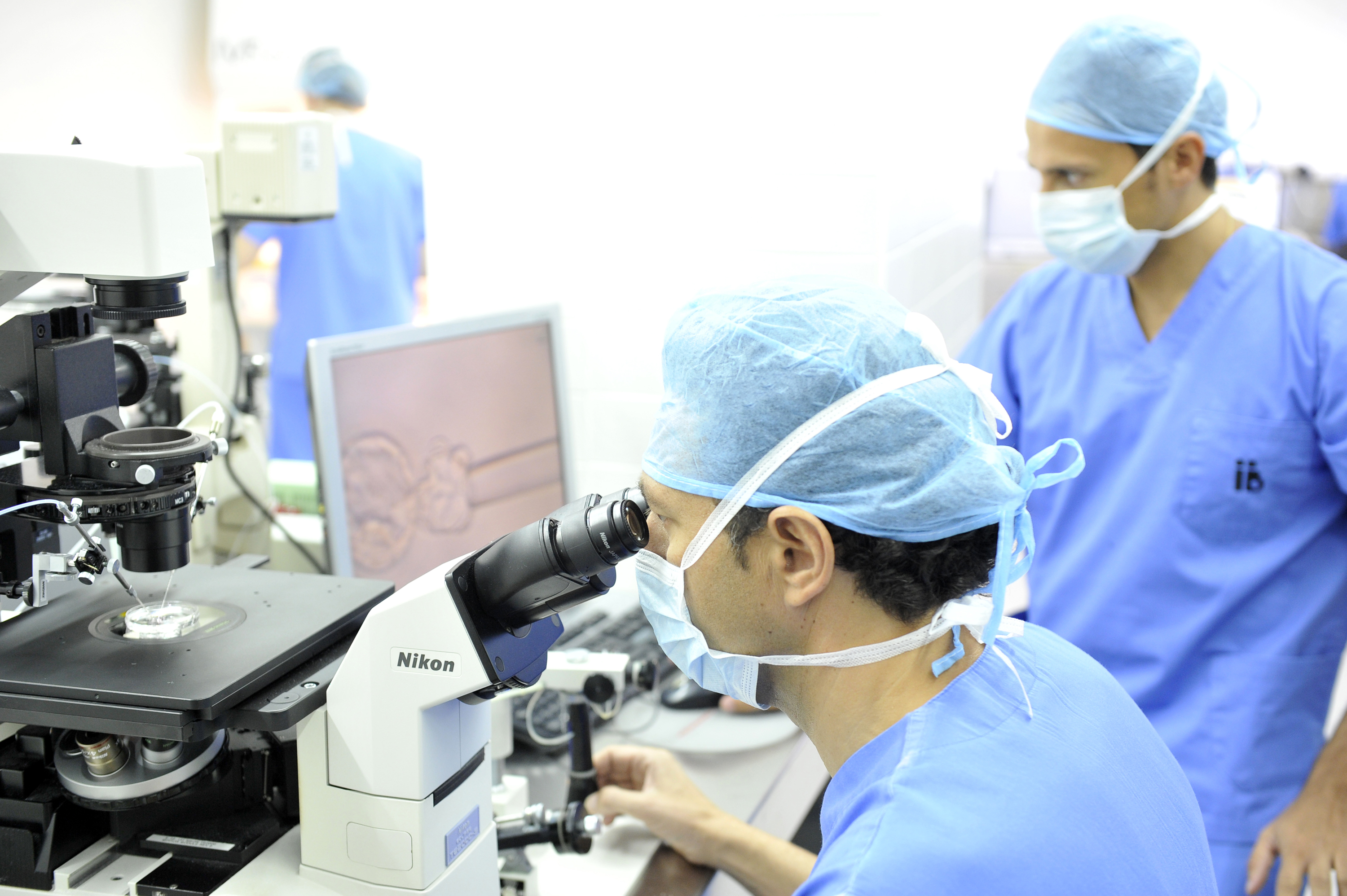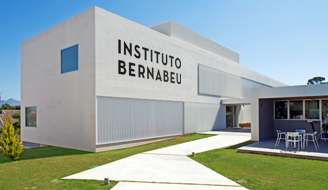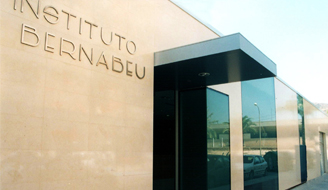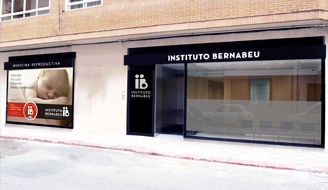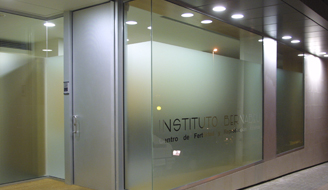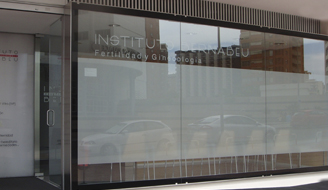Can we predict aneuploidy or mosaicism considering blastocyst morphology?
This new research was presented at the last congress of the European Fertility Society that took place on last July. The aim of this study is to identify which embryo features are correlated with higher aneuploidy or mosaicism rates, and if it is possible to predict them.
Preimplantation genetic testing of aneuploidies (PGT-A) has significantly grown in assisted reproduction treatments in the last decade. PGT-A aims to find the best euploid embryo, improving birth rates and allowing single embryo transfer. Embryo morphology is considered a predictor of implantation potential and several publications support a correlation between embryo development parameters with the chromosomic status of the embryo.
A total number of 499 blastocysts were biopsied.A tendency of lower aneuploidy rates as the blastocyst expansion increases was observed.Maternal average age also decreased as the blastocyst expansion increased.TE quality was found to be significative in predicting aneuploidy rate TE quality and maternal age were found to be the most important variables predicting mosaicism.
Our results suggest a correlation between aneuploidy and blastocyst expansion/TE quality. This information might be helpful for patient counselling especially when PGT-A is not considered. Based on our findings, poor morphology and slow blastocysts from older patients carry a high risk for aneuploidies.
Can we predict aneuploidy or mosaicism considering blastocyst morphology?
A. Rodríguez, L. Herrero, L. Cascales, J.A. Ortiz, A. Bernabeu, J. Ll. Aparicio, A. Llaneza, J. Ten, R. Bernabeu.
